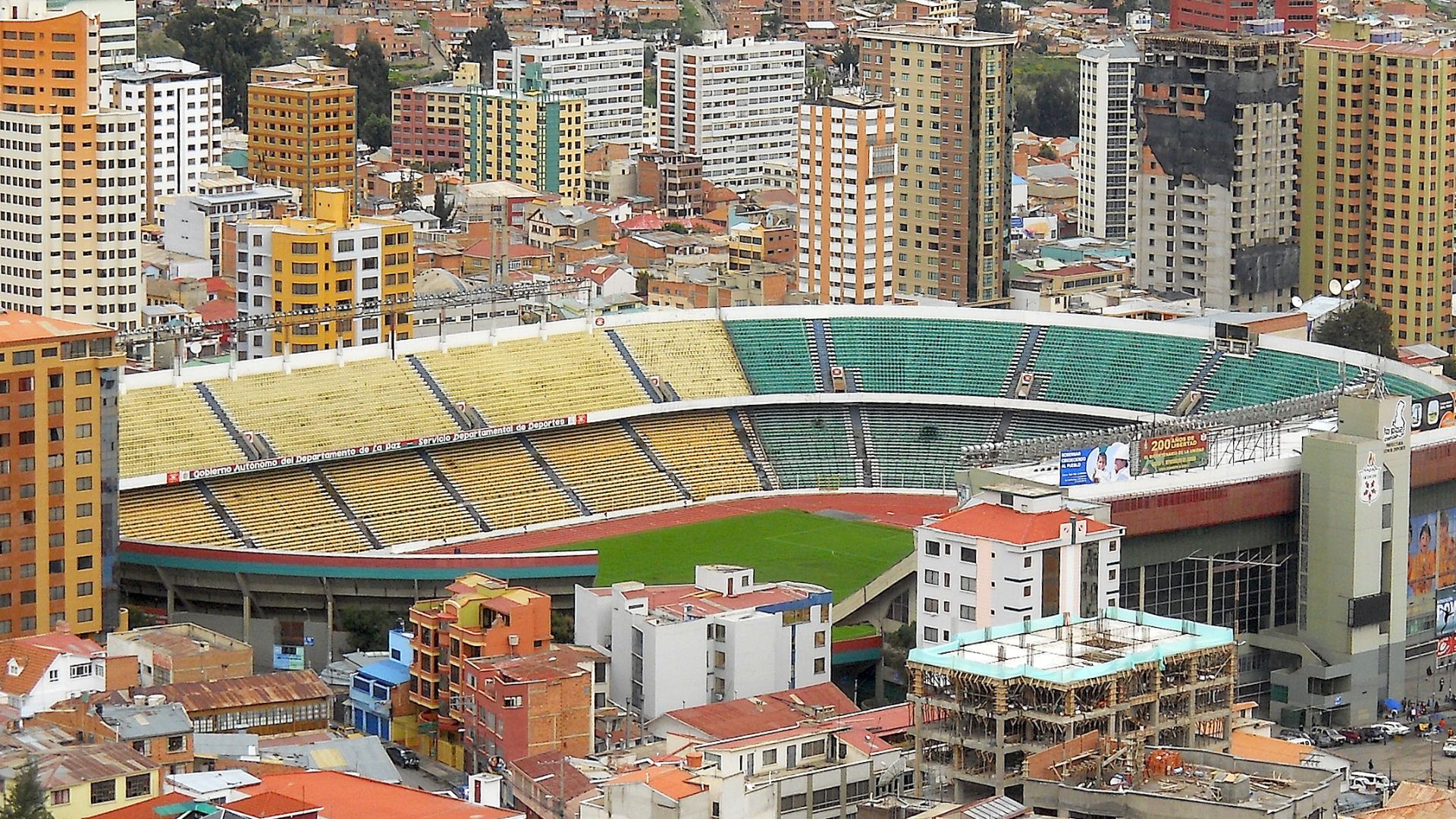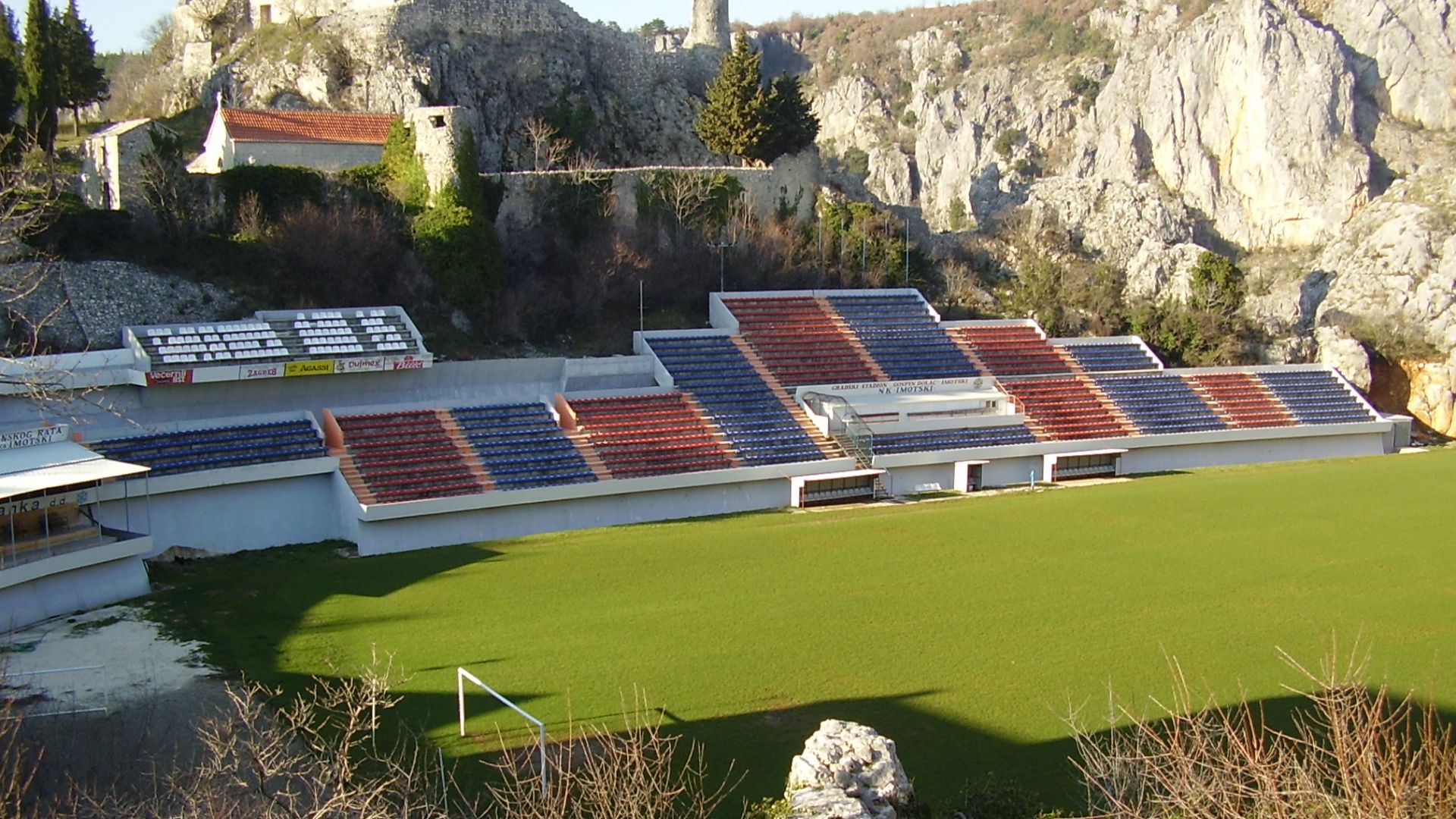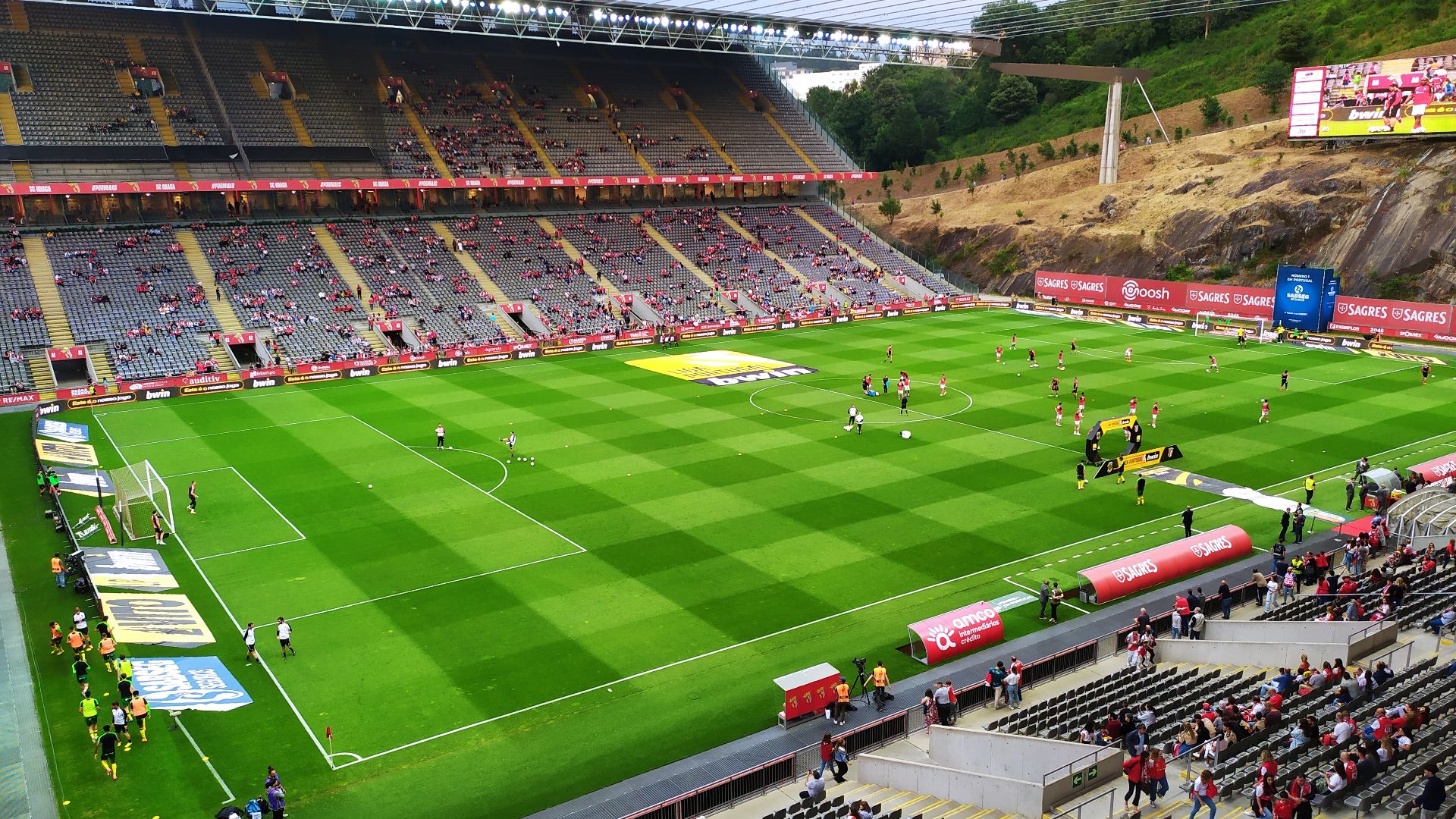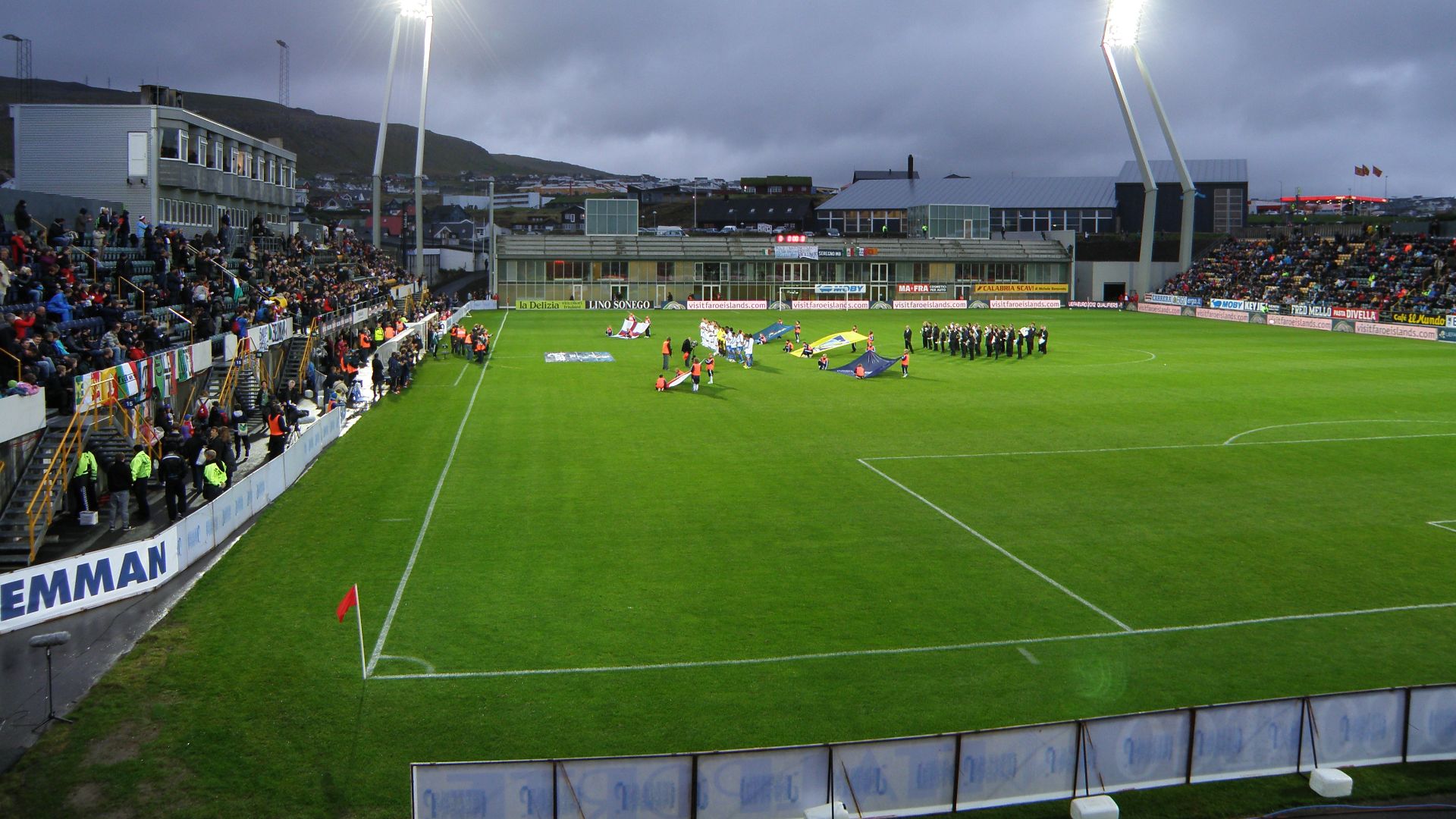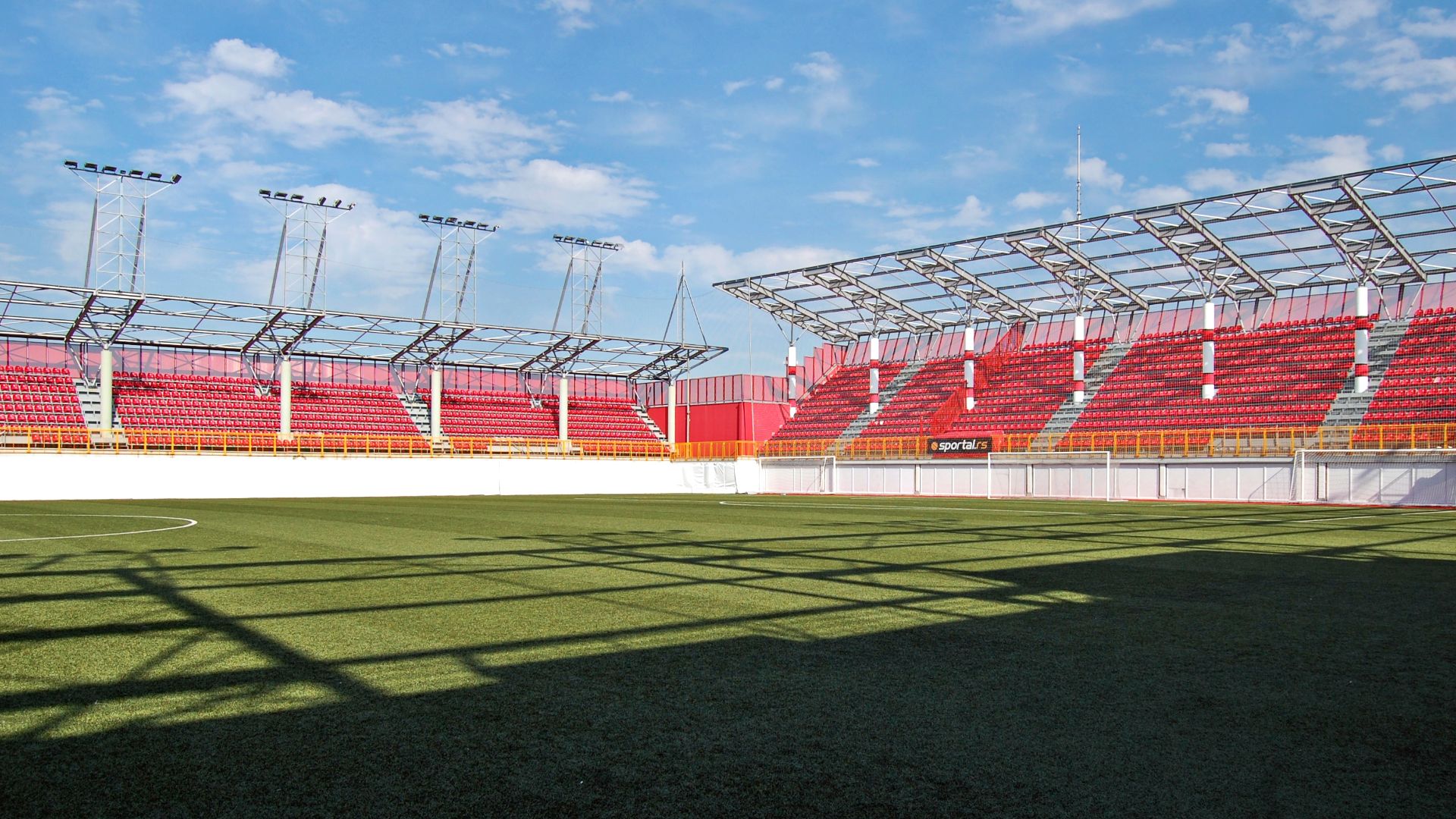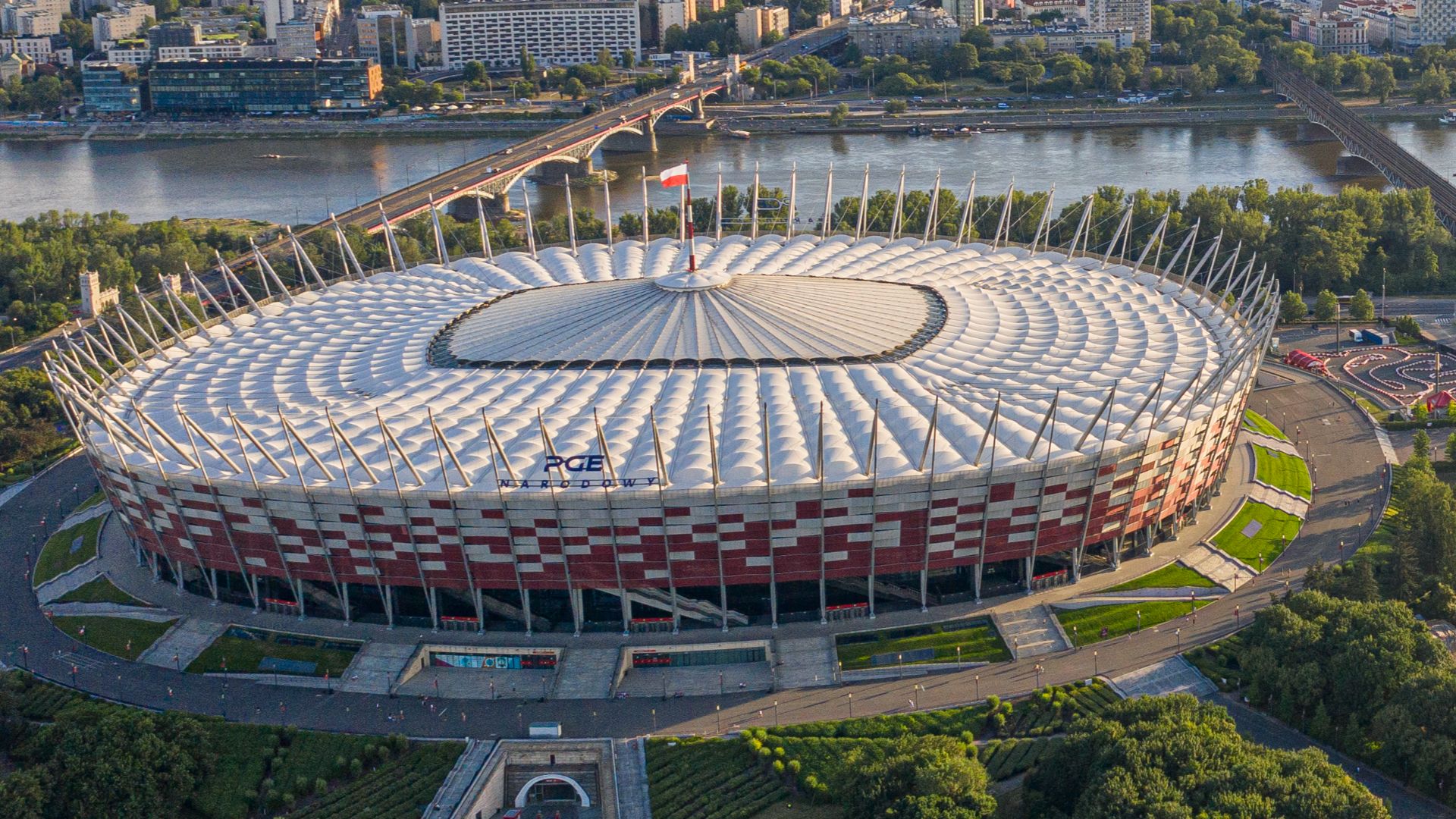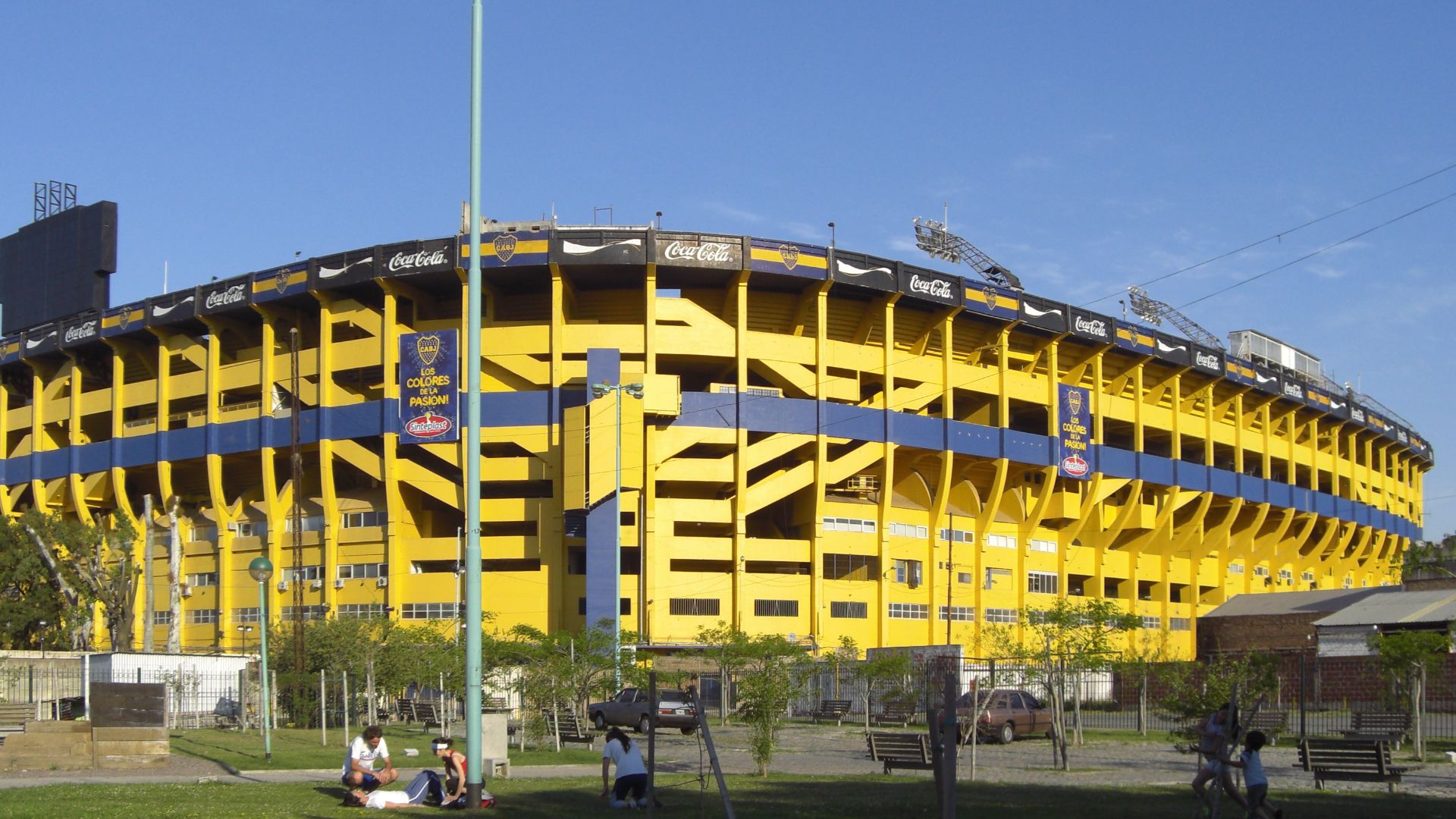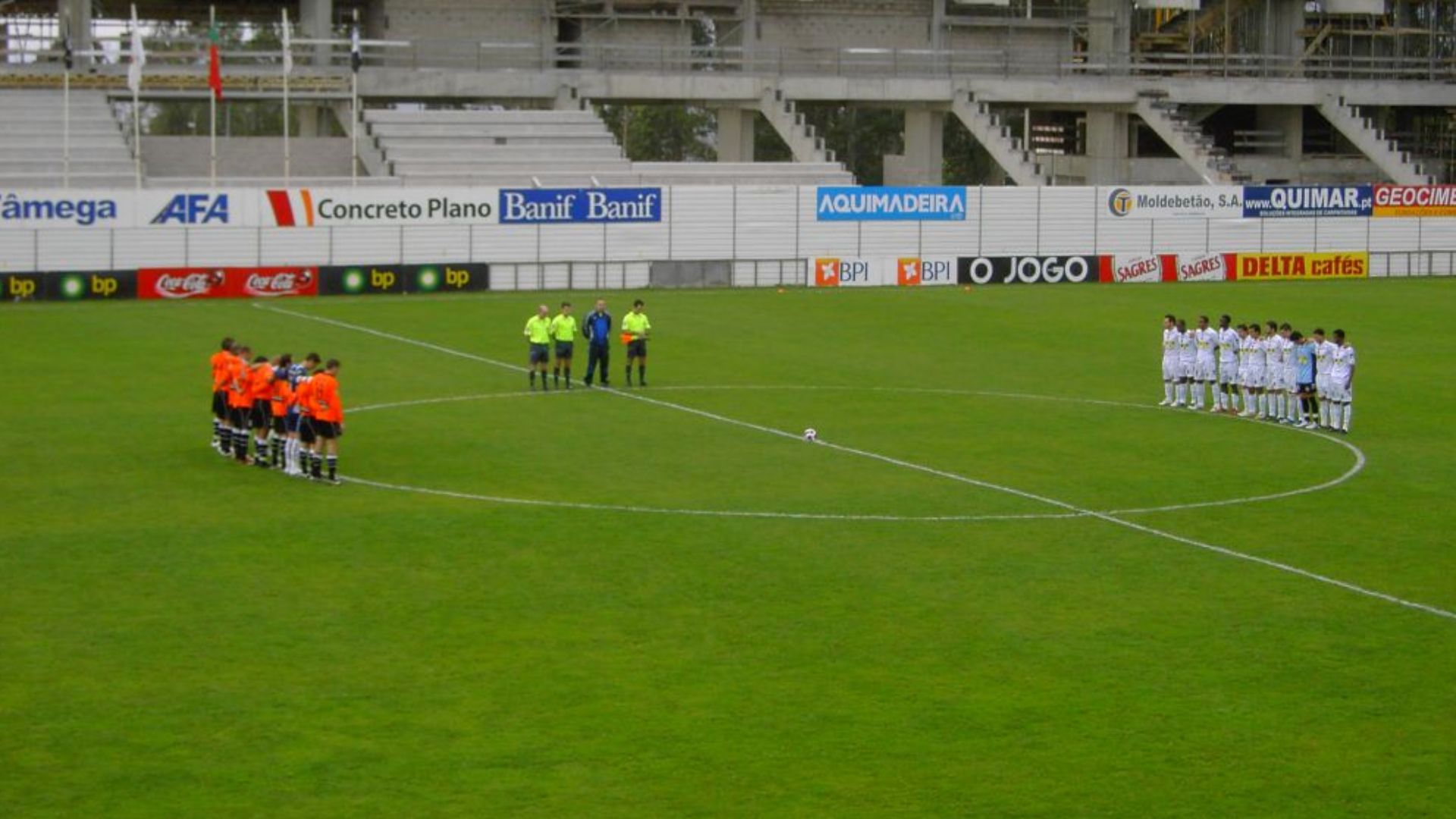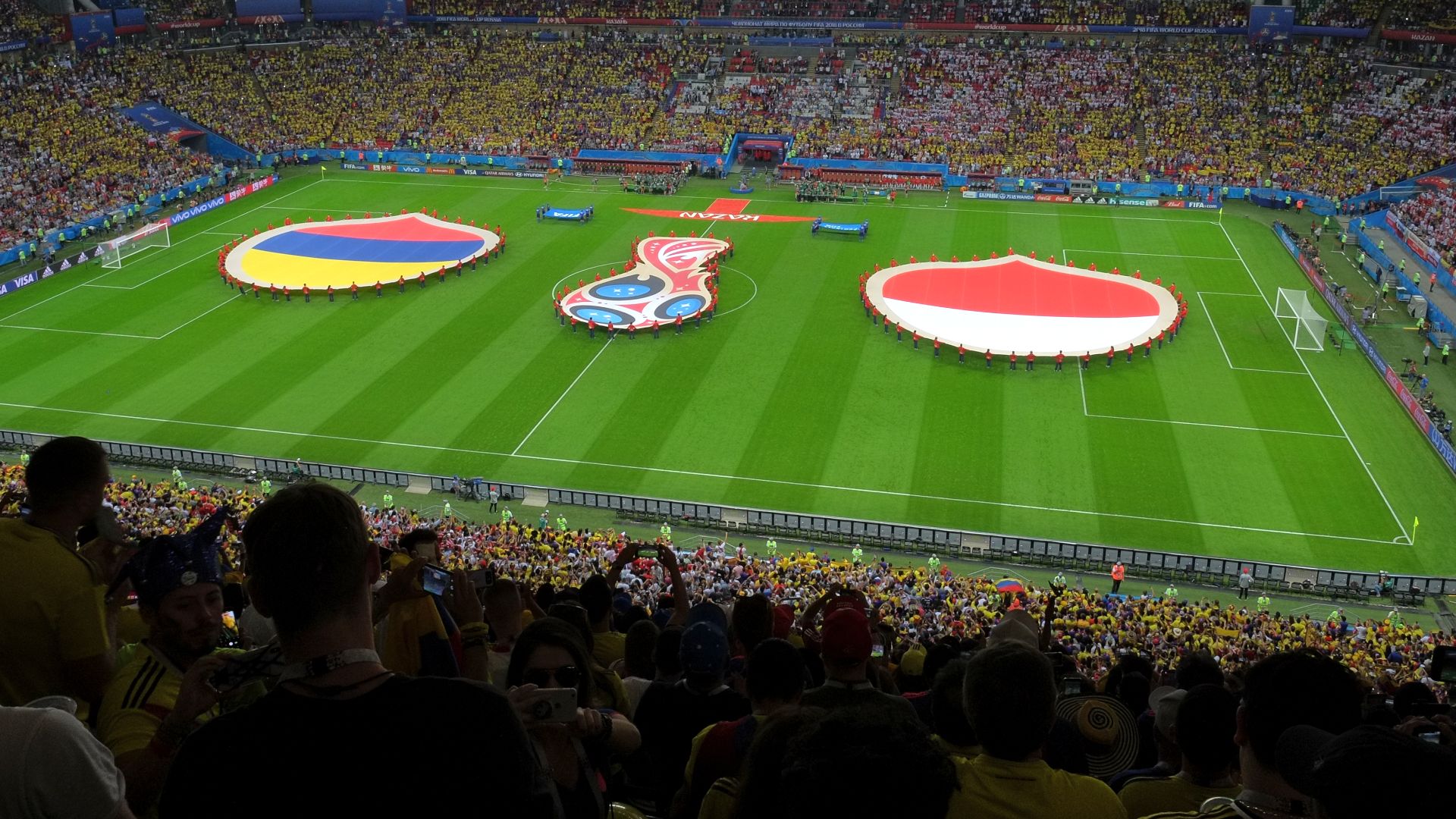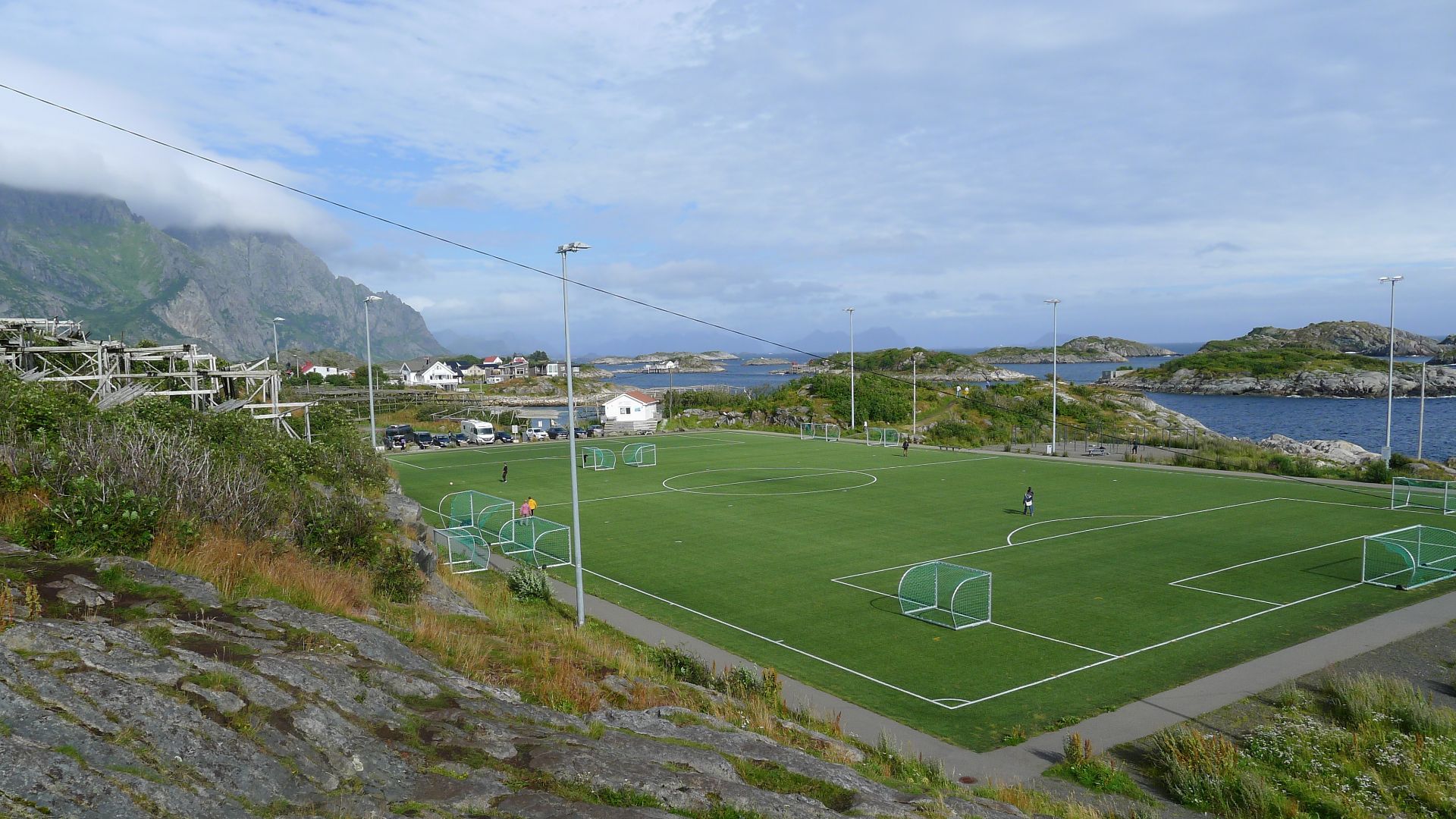When Stadiums Steal The Spotlight
Soccer is full of unforgettable drama, but sometimes the stage itself steals the spotlight. Stadiums have been built in places and shapes that defy belief, each one offering a setting as memorable as the matches it hosts. Extreme natural settings and daring architectural choices make some arenas push imagination to the limit. Keep reading to see the 20 craziest soccer stadiums around the world and learn what makes them stand out.
1. Estadio Hernando Siles, Bolivia
High in the Andes at 3,637 meters, this stadium makes even world-class athletes struggle for breath. FIFA once banned matches here because of the altitude. Locals know the trick, though—chewing coca leaves helps them handle conditions that leave visiting teams gasping.
2. Sapporo Dome, Japan
Few stadiums pull off magic like this one. The Sapporo Dome’s field literally slides in and out, switching between soccer and baseball. Inside, it stays warm against brutal Hokkaido winters, and it also floats its turf on cushions of air during jaw-dropping transitions.
 Kinori (photographer) on Wikimedia
Kinori (photographer) on Wikimedia
3. Stadion Gospin Dolac, Croatia
Built against a cliff near a medieval fortress, Gospin Dolac overlooks a turquoise lake and a dramatic canyon. Though its capacity is only 4,000, many call it Europe’s most scenic stadium. It blends breathtaking views with Croatian football heritage.
4. Estadio Municipal De Braga, Portugal
Soccer meets sculpture at this arena carved from a quarry. One goal stares at a sheer cliff while the scoreboard beams against the rock face. Designed by a Pritzker Prize winner, it’s a stadium where the setting is part of the spectacle.
5. Ottmar Hitzfeld Stadium, Switzerland
Perched 2,000 meters high in the Alps, this stadium is reachable only by cable car. Players compete surrounded by snowcapped peaks, and when the ball sails too far, there’s a good chance it will roll straight down the mountainside.
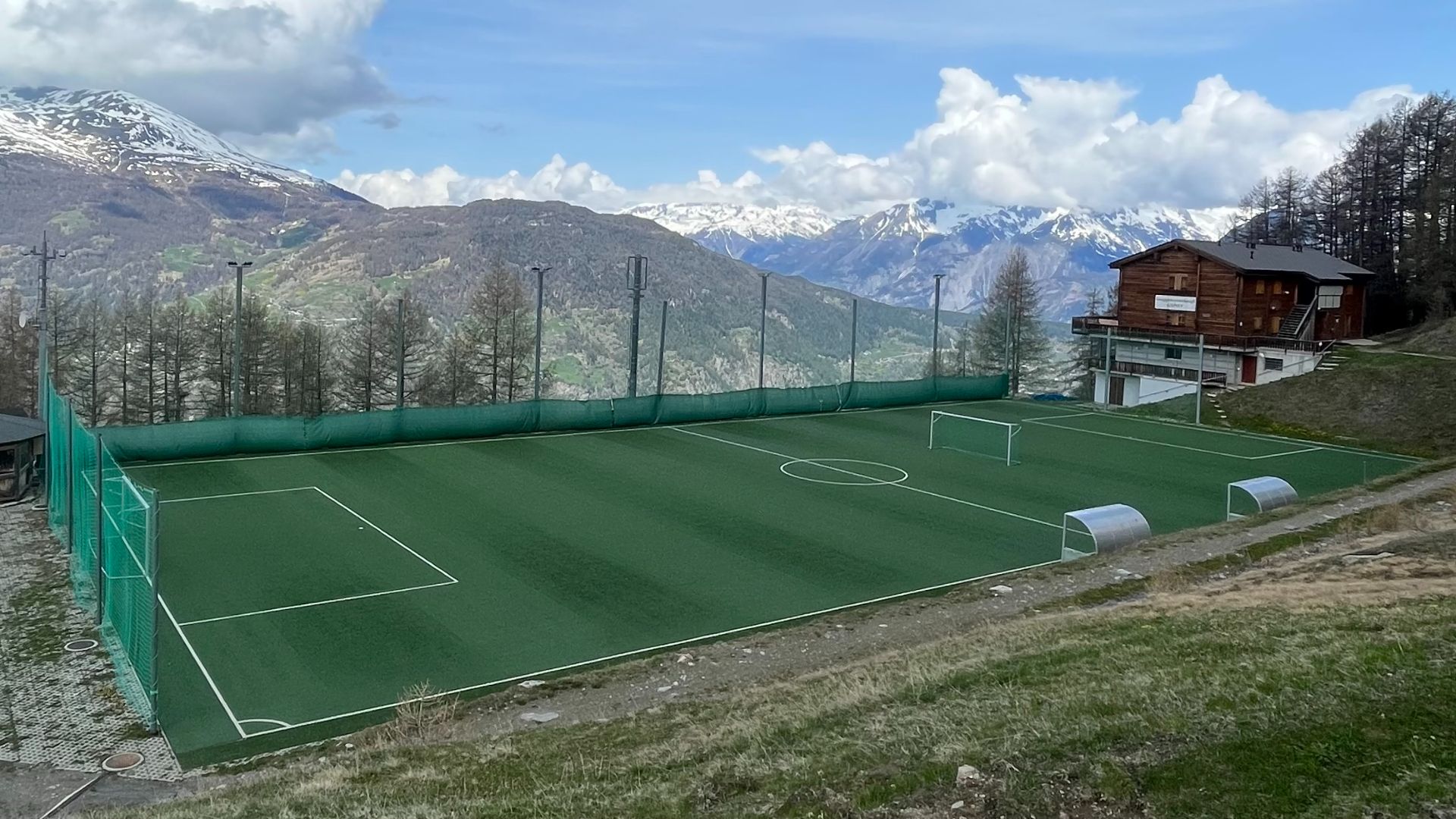 Paradise Chronicle on Wikimedia
Paradise Chronicle on Wikimedia
6. Stadion Svangaskarð/Tofta Leikvøllur, Faroe Islands
The national stadium of the Faroe Islands, Tofta Leikvøllur, sits on rugged North Atlantic terrain where the weather often feels like an extra opponent. With seating for just over 6,000, it has hosted international qualifiers with sheep grazing nearby in the natural terrain.
7. Stadion Vozdovac, Serbia
Here, you can shop for clothes and then catch a professional soccer game without leaving the building. Stadion Vozdovac sits on top of a Belgrade mall, offers sweeping city views, and is one of the few rooftop arenas approved by UEFA.
8. Estadio BBVA, Mexico
Nicknamed “El Gigante de Acero,” this Monterrey landmark was crafted to resemble brewing stills and steel mills. The design highlights sustainability with LEED certification, while its seats overlook the stunning Cerro de la Silla mountain. It also serves as the proud home of CF Monterrey.
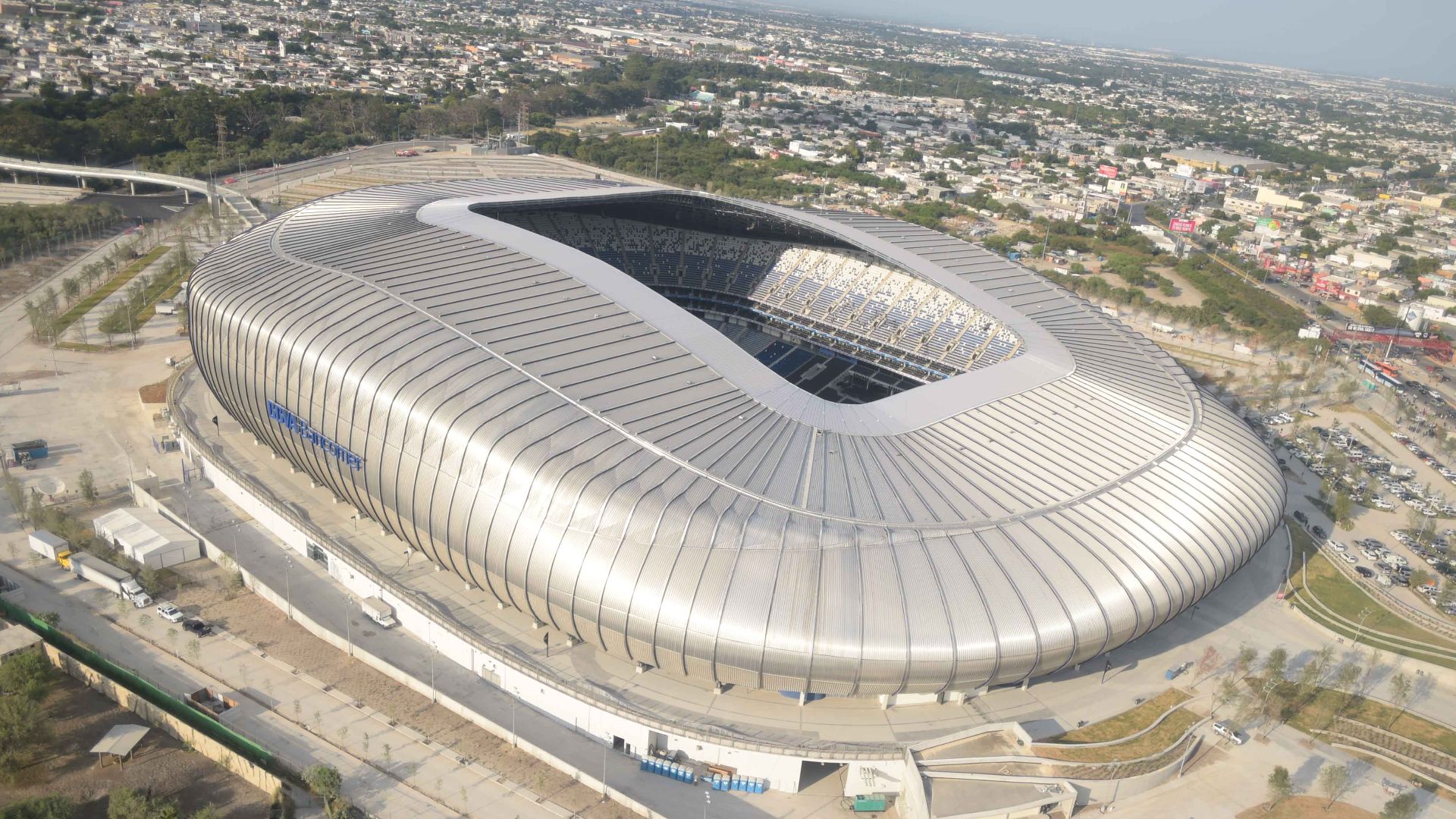 Presidencia de la República Mexicana on Wikimedia
Presidencia de la República Mexicana on Wikimedia
9. PGE Narodowy, Poland
Warsaw’s national stadium comes with a retractable roof that folds into a massive suspended “spider web” structure above the pitch. Built for Euro 2012, it also serves as a giant ice rink in winter and even hosts speedway motorcycle racing.
10. La Bombonera, Argentina
Ask Boca Juniors fans why they love La Bombonera, and they’ll tell you the stadium itself seems alive. It’s steep vertical stand traps sound so powerfully that the ground shakes during games, a phenomenon Maradona once called “the temple of football.”
11. Mbombela Stadium, South Africa
Soccer here comes with a safari twist. Built for the 2010 World Cup near Kruger National Park, Mbombela’s roof rests on columns shaped like giraffes, and the seats feature zebra stripes. This turns the entire arena into a celebration of African wildlife.
12. Estadio Nacional, Chile
This arena isn’t just for soccer—it carries the weight of history. Once used as a political prison during Chile’s dictatorship, it now hosts Copa América and World Cup qualifiers. Memorials honor victims, while underground holding cells still exist beneath the stands.
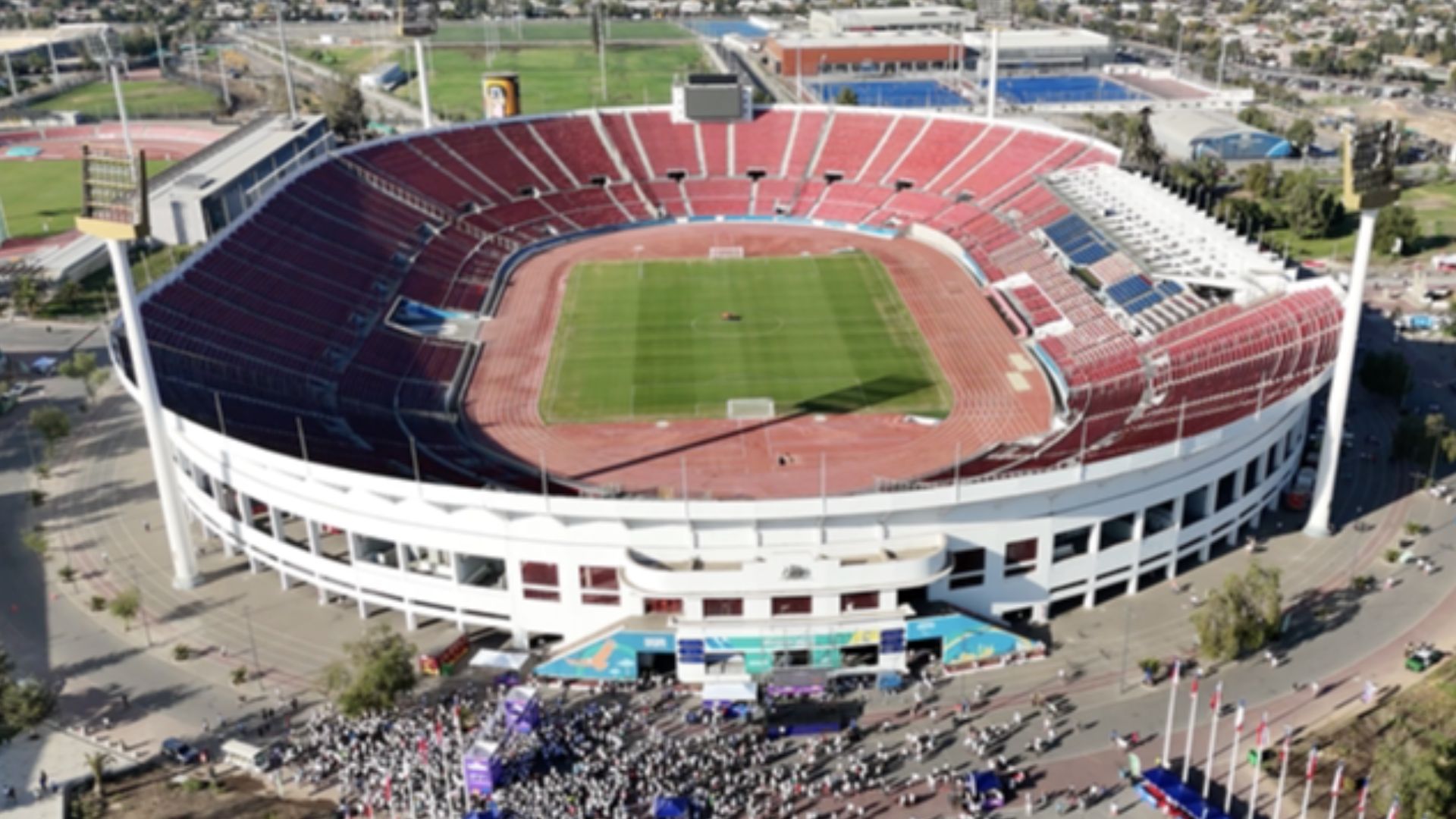 Dirección de Prensa, Presidencia de la República de Chile on Wikimedia
Dirección de Prensa, Presidencia de la República de Chile on Wikimedia
13. Estadio Centenario, Uruguay
Built in only nine months for the very first World Cup in 1930, Estadio Centenario staged the tournament’s inaugural final. Nearly a century later, it remains in use and holds the distinction of being named a “Historic Monument of World Football”, the only stadium in the world with this designation.
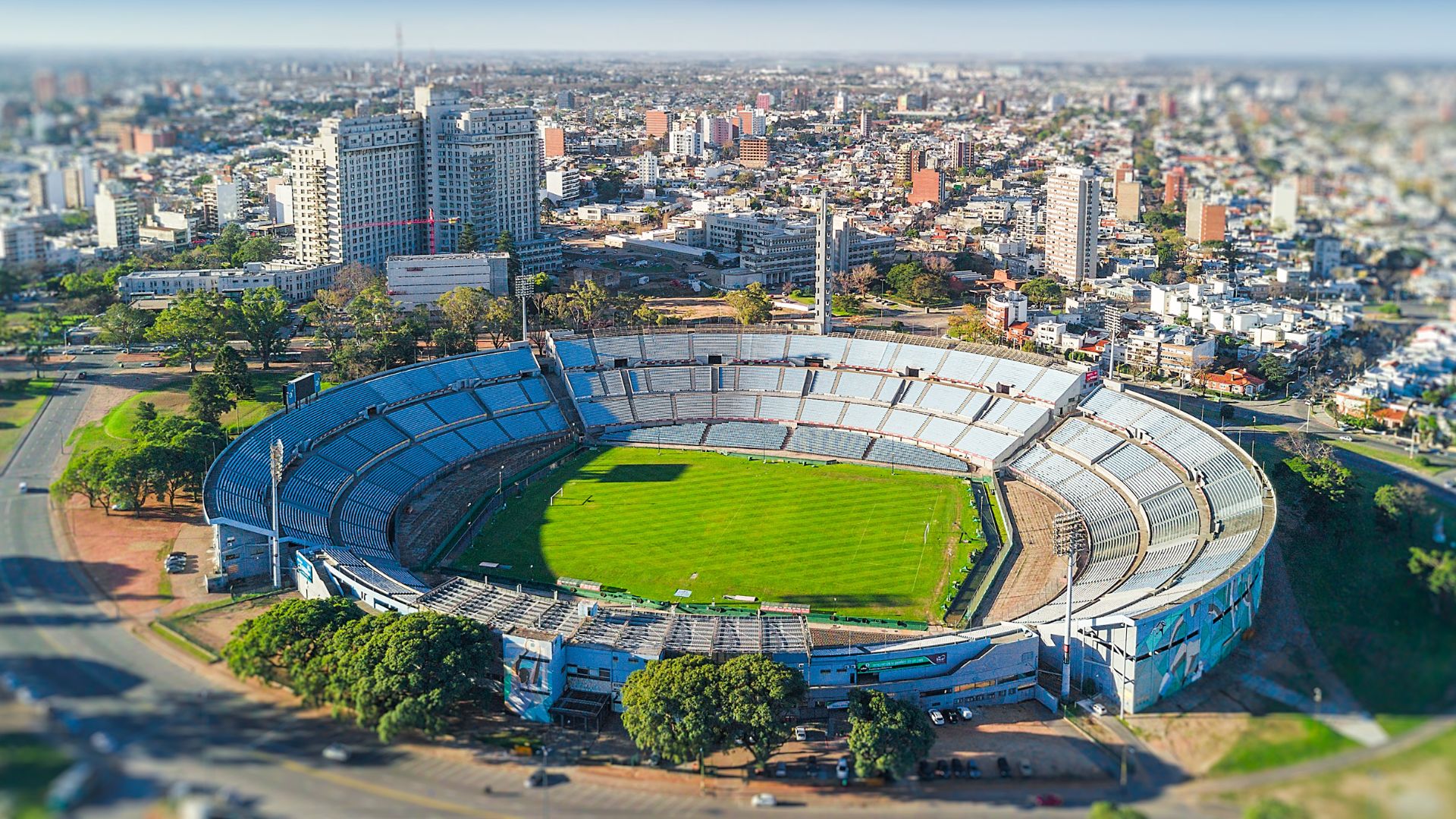 Marcelo Campi from Costa de Oro, Uruguay on Wikimedia
Marcelo Campi from Costa de Oro, Uruguay on Wikimedia
14. Pancho Arena, Hungary
Soccer meets cathedral design in Viktor Orbán’s hometown. With soaring wooden arches and Gothic-style interiors, Pancho Arena feels more like a medieval chapel than a stadium. It seats only 3,500, yet the setting gives every match a strangely regal atmosphere.
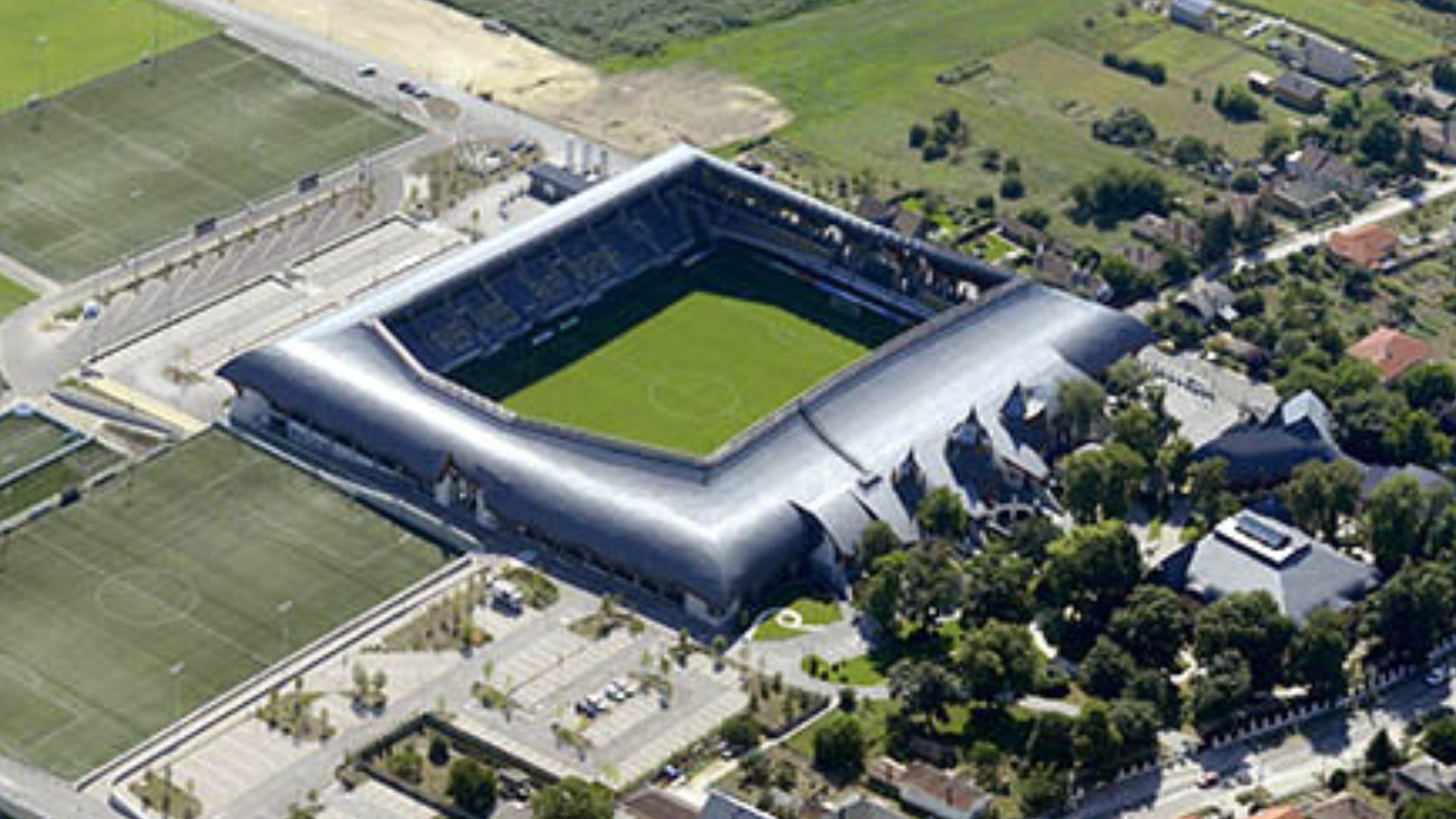 CivertanS at Hungarian Wikipedia on Wikimedia
CivertanS at Hungarian Wikipedia on Wikimedia
15. Estadio Nacional De, Costa Rica
Known as “The Jewel of La Sabana,” this modern venue was gifted to Costa Rica by the Chinese government. The stadium’s design evokes feng shui sensibilities, and it doubles as both a soccer stage and a site for diplomatic events.
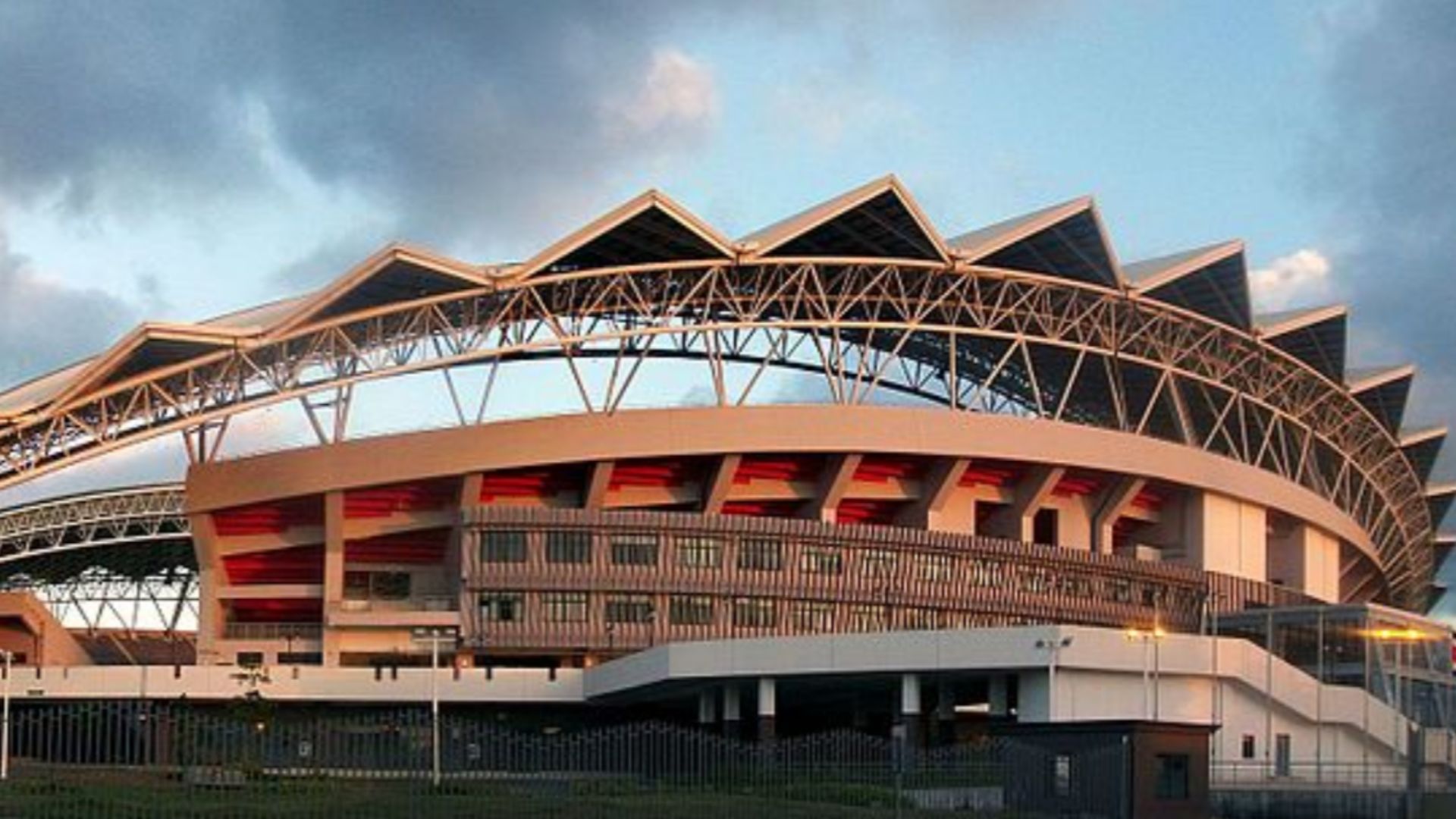 Alejandro Álvarez Taborda (Aleat88) on Wikimedia
Alejandro Álvarez Taborda (Aleat88) on Wikimedia
16. Allianz Arena, Germany
Munich’s iconic Allianz Arena looks like it landed from the future. Its exterior consists of 2,874 inflated ETFE panels, which can glow red, blue, or white depending on the team. The luminous façade is even visible to passengers on incoming flights.
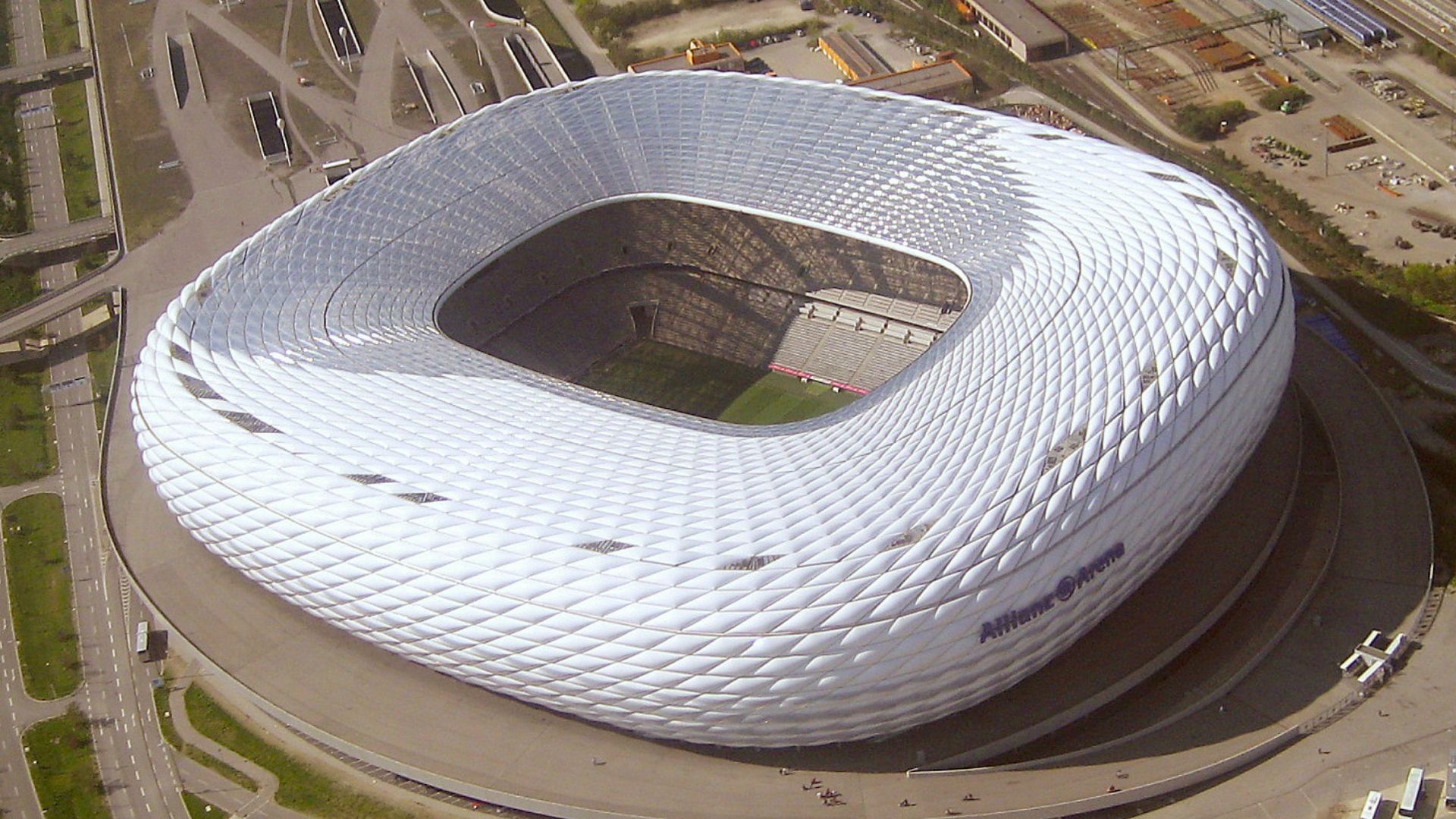 Maximilian Dörrbecker (Chumwa) on Wikimedia
Maximilian Dörrbecker (Chumwa) on Wikimedia
17. Al Janoub Stadium, Qatar
Few stadiums turn heads like Al Janoub, designed by the late Zaha Hadid. Shaped to resemble a traditional Qatari dhow boat, it was built with air-conditioned seating to beat the desert heat and served as a stage for the 2022 World Cup.
 Palácio do Planalto from Brasilia, Brasil on Wikimedia
Palácio do Planalto from Brasilia, Brasil on Wikimedia
18. Estadio De Madeira, Portugal
High above the Atlantic, this cliffside stadium gives players sweeping ocean views along with strong winds that often disrupt the game. It is home to Cristiano Ronaldo’s childhood club and stands partially cantilevered over a rugged hillside, balancing sport and spectacle.
19. Kazan Arena, Russia
This stadium grabs attention because it doubles as one of the world’s largest outdoor screens—its façade is a giant LED display visible across the city. Upgraded for the FIFA World Cup in 2018, it merges high-tech spectacle with soccer tradition.
20. Henningsvær Stadion, Norway
Forget grandstands—this Arctic island ground has none. Instead, players compete on a pitch surrounded by raw rock, nets, and endless ocean. Accessible only by bridges or boat, Henningsvær offers breathtaking scenery and the thrill of soccer on the edge of the world.



